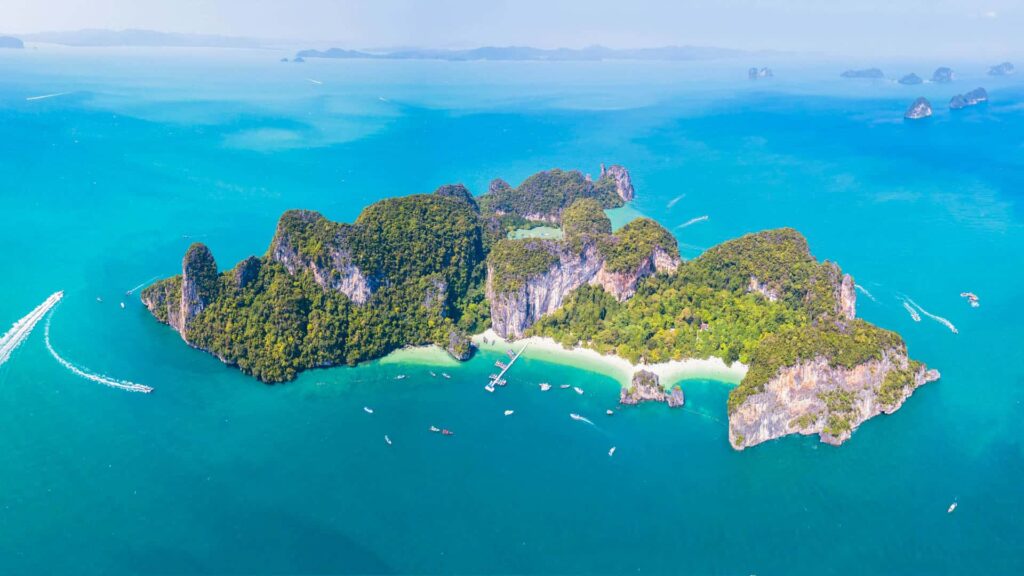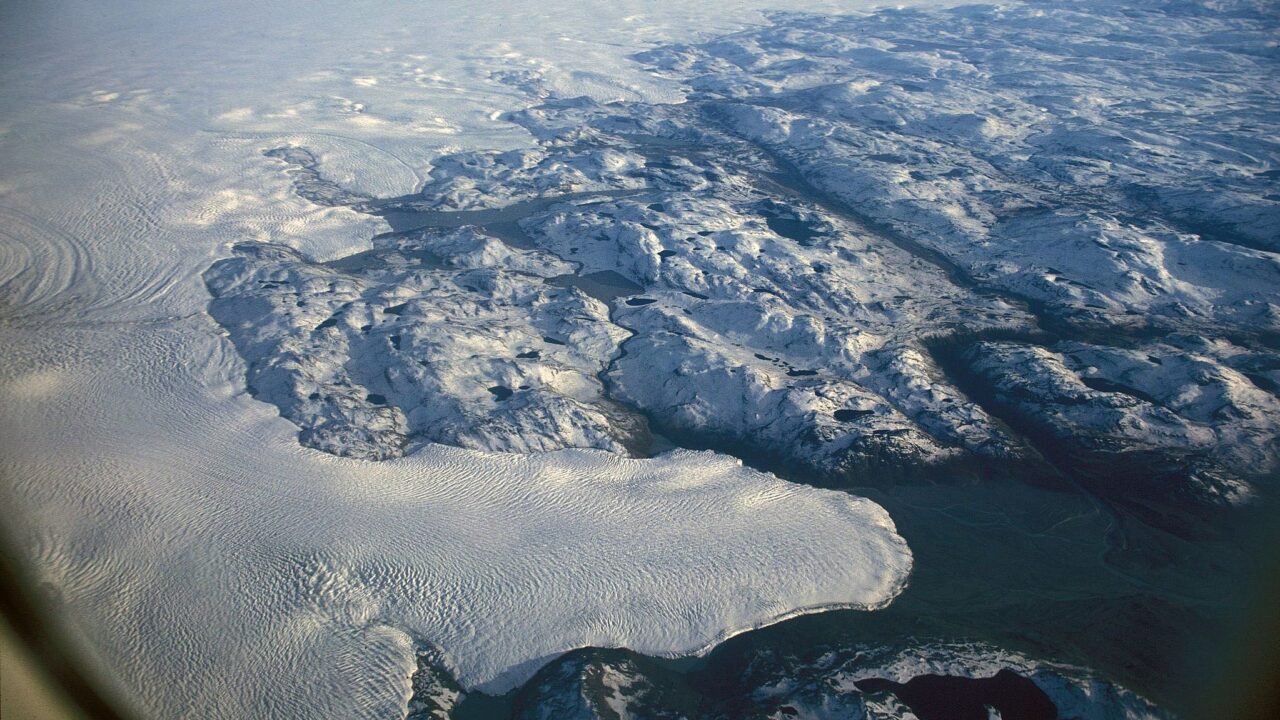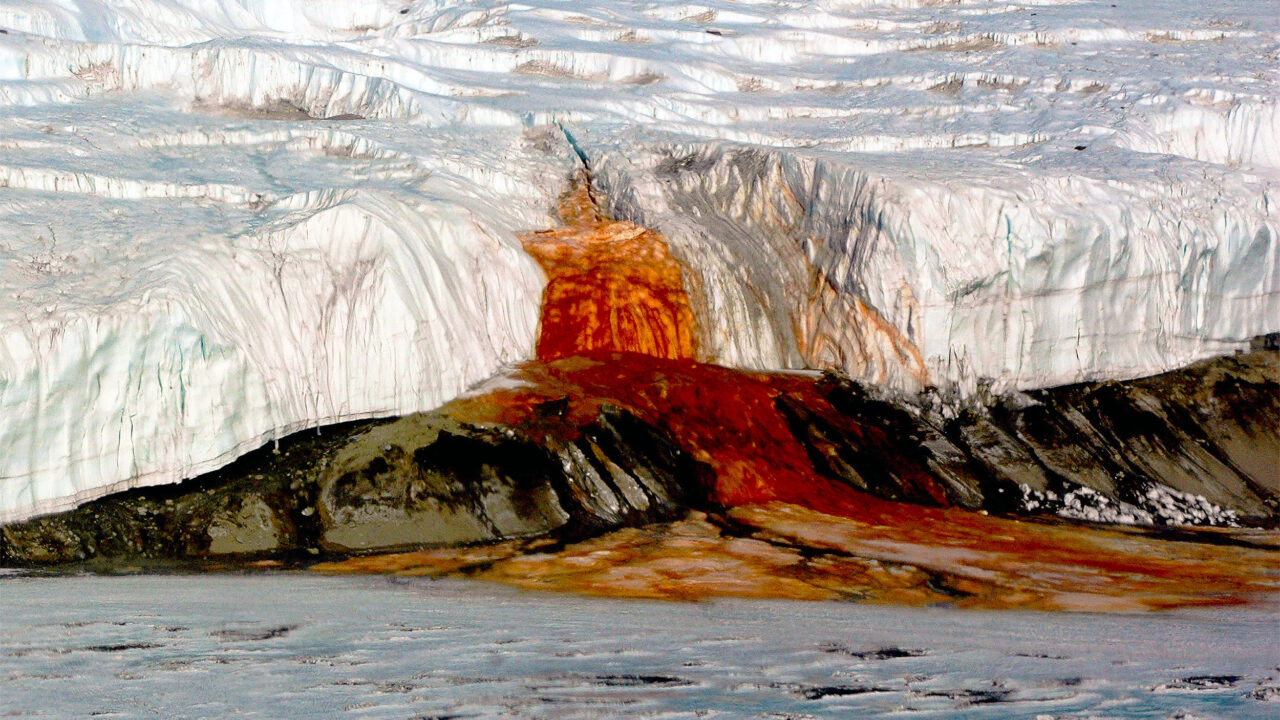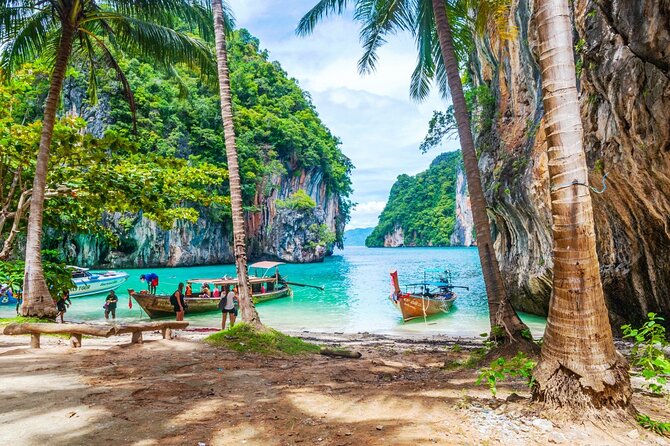What Is Koh Hong
Koh Hong, also known as Ko Hong, is a small island located in the Andaman Sea off the coast of Ao Nang in Krabi Province, Thailand. It is part of the Than Bok Khorani National Park and is one of the most popular islands in the Hong Archipelago.
The island is famous for its stunning crescent-shaped beach and a hidden inner lagoon that can only be accessed through a narrow opening in the limestone cliffs. The word “Hong” in Thai means “room” or “chamber,” describing the enclosed lagoon surrounded by steep rock walls.
Why the Crescent Shape Makes It Unique
Koh Hong’s crescent-shaped beach is what makes it stand out among other islands in southern Thailand. The curve of the beach forms a natural bay protected on both sides by tall cliffs. This shape creates calm, crystal-clear waters ideal for swimming, kayaking, and snorkeling.
Behind the beach lies the hidden lagoon, often called the “Inland Sea.” It is accessible only by kayak or boat at certain tide levels. The contrast between the open beach and the enclosed lagoon gives Koh Hong a special charm that attracts nature lovers, photographers, and adventure seekers alike.
The combination of white sand, emerald water, and dramatic limestone cliffs makes it one of the most picturesque destinations in the Andaman Sea.
Things to Do and See
Relax on the Crescent Beach
Enjoy swimming and sunbathing on the soft white sand. The calm water and gentle waves make this beach perfect for families and couples.

Explore the Hidden Lagoon
Paddle through the narrow entrance to the lagoon, where you will be surrounded by towering limestone walls and peaceful turquoise water. Kayaking here is one of the most memorable experiences in Krabi.
Hike to the Viewpoint
A set of stairs leads from the beach to a viewpoint offering 360-degree views of the island, lagoon, and nearby islands. The hike takes about 15 to 20 minutes and is well worth the effort.
Snorkeling and Wildlife
Snorkel near the beach to see colorful fish and coral reefs. You may also spot birds, monitor lizards, and tropical plants that thrive in the island’s natural environment.
How to Get There
- Location: Koh Hong is located about 12 kilometers from Ao Nang in Krabi Province.
- By Boat: It takes around 30 to 45 minutes by longtail boat or 20 minutes by speedboat from Ao Nang or Klong Muang Beach.
- Tour Options: Many operators offer day trips that include Koh Hong along with neighboring islands such as Koh Lao Lading and Koh Pak Bia.
- Entry Fee: Since it is part of a national park, visitors must pay a small entrance fee to help protect the environment.
ALSO SEE : Brainless but Smart Creature: The Amazing Intelligence of Slime Mold
Travel Tips
- Visit in the morning to avoid crowds and enjoy the calm sea.
- Bring sunscreen, a hat, water, and your camera for photos.
- Wear comfortable shoes if you plan to climb to the viewpoint.
- Respect the environment by not leaving trash and by following park regulations.
- The best time to visit is between November and April, during the dry season when the water is clear and the weather is calm.
Why Koh Hong Is Perfect for Travelers
Koh Hong is ideal for travelers who love nature, photography, and peaceful beaches. The island combines natural beauty, relaxation, and light adventure in one place. Its crescent-shaped beach offers panoramic views, while the hidden lagoon gives a sense of mystery and exploration.
Unlike more crowded tourist spots, Koh Hong maintains a quiet, untouched atmosphere that makes it one of Thailand’s true island gems.
Koh Hong, the crescent-shaped island of Krabi, Thailand, is a paradise of white sand, turquoise water, and impressive limestone cliffs. Its perfect curved beach and secret lagoon create an unforgettable experience for every visitor. Whether you are looking for relaxation, adventure, or a stunning photo destination, this island has it all.
Plan your trip to Koh Hong and discover why it is one of the most breathtaking islands in Thailand.
ALSO SEE : How Clouds Form: Understanding the Science Behind the Sky





